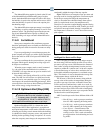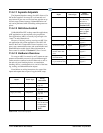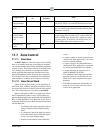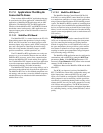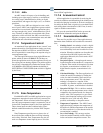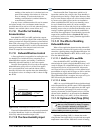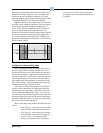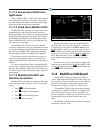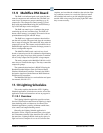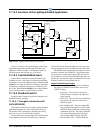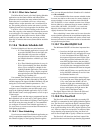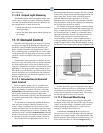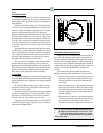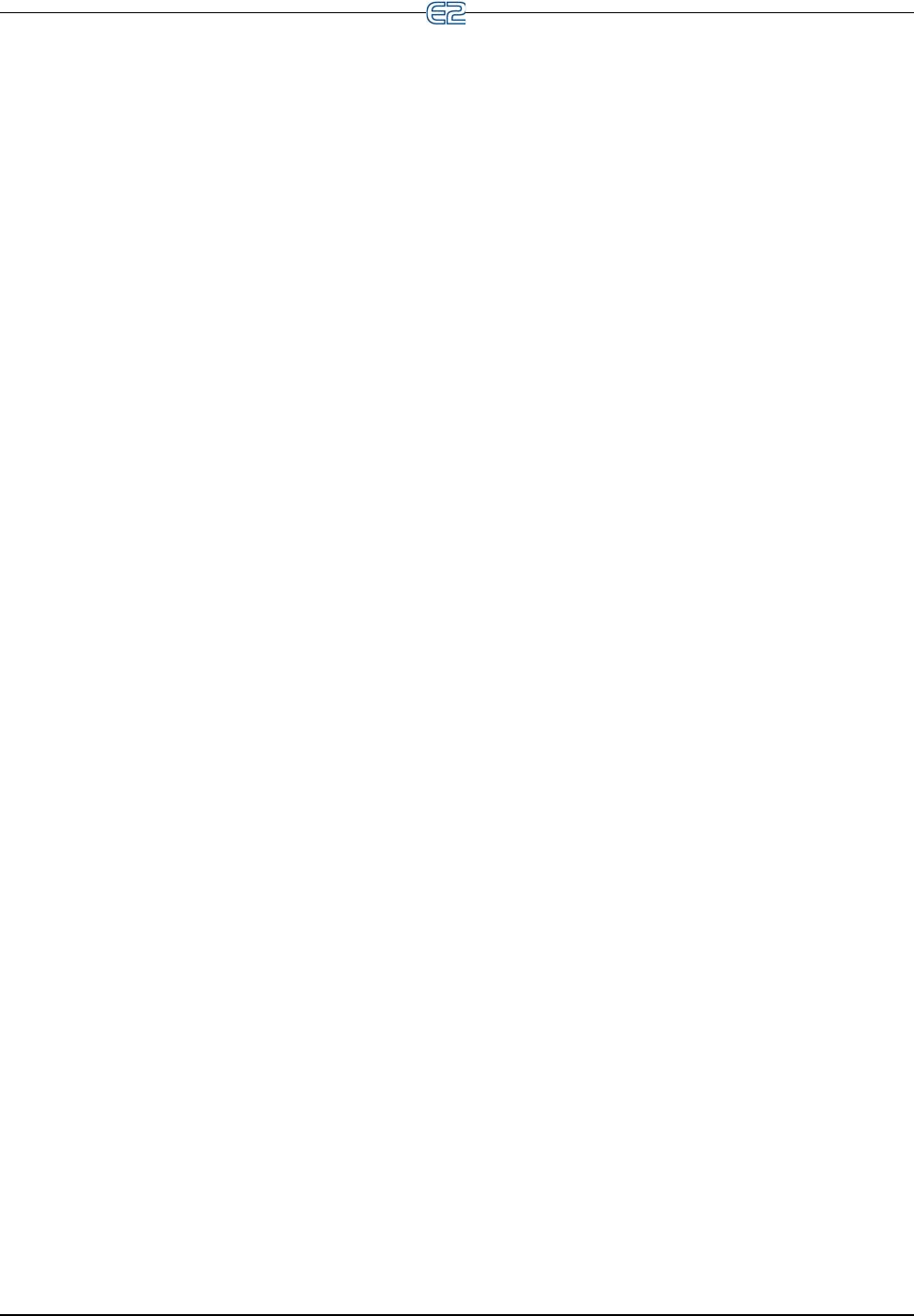
MultiFlex PAK Board Software Overview • 11-31
11.9 MultiFlex PAK Board
The PAK is a distributed pack (rack) controller that
controls compressors and condenser fans. The PAK can
control up to 8 compressor groups containing up to 16
compressors. The compressor control strategy is Fixed
Steps with setpoint/deadband using ON and OFF delays.
Up to 20 Fixed Steps can be configured.
The PAK can control up to 4 condenser fan groups
containing up to 8 total condenser fans. The PAK con
-
denser control strategy is sequential TD control with set-
point/deadband using ON and OFF delays.
The PAK has a compressor/condenser interlock fea-
ture that will override TD control and force the condenser
fans to stage off using the TD control OFF delay when all
compressors are off. This feature can be disabled with an
Enable/Disable setpoint or when the discharge pressure is
above a configurable setpoint.
The MultiFlex PAK boards consist of two circuit
boards: a bottom layer with 16 combination digital/analog
inputs, and a plug-in top layer which contains a combina
-
tion of 8 relay outputs and 4 digital DC voltage outputs.
The analog outputs on the Multiflex PAK drive solid
state relays to control the fan stages. The relays control the
compressor groups.
The communication interface is RS485 I/O using the
Standard Extended Address Form for Emerson Retail
Solutions Distributed Controllers. Currently, the PAK is
designed to interface with the Emerson Retail Solutions
Einstein and E2 controllers.
The MultiFlex PAK has its own installation and opera-
tion manual, P/N 026-1712.
11.10 Lighting Schedules
This section explains the function of E2’s Lighting
Schedule application. It includes an overview of how the
application works and instructions on how to program it.
11.10.1 Overview
The Lighting Schedule application provides an inter-
face for Cut In/Cut Out control based on light level, simple
time scheduling with or without use of external Time
Schedule applications, proofing, minimum on/off times,
solar control, and output dimming control.
Generally, the Lighting Schedule application is
designed to follow a digital command from a time sched
-
ule to determine when the lights should be ON or OFF. At
the same time, Lighting Schedule looks at the value of a
light level sensor, compares it to a set of Cut In/Cut Out
setpoints, and overrides the schedule as the real-time light
-
ing conditions warrant. As a result, the light level sensor
and schedule both work to provide adequate light when
needed AND saving energy by keeping lights OFF when
they are not necessary.



